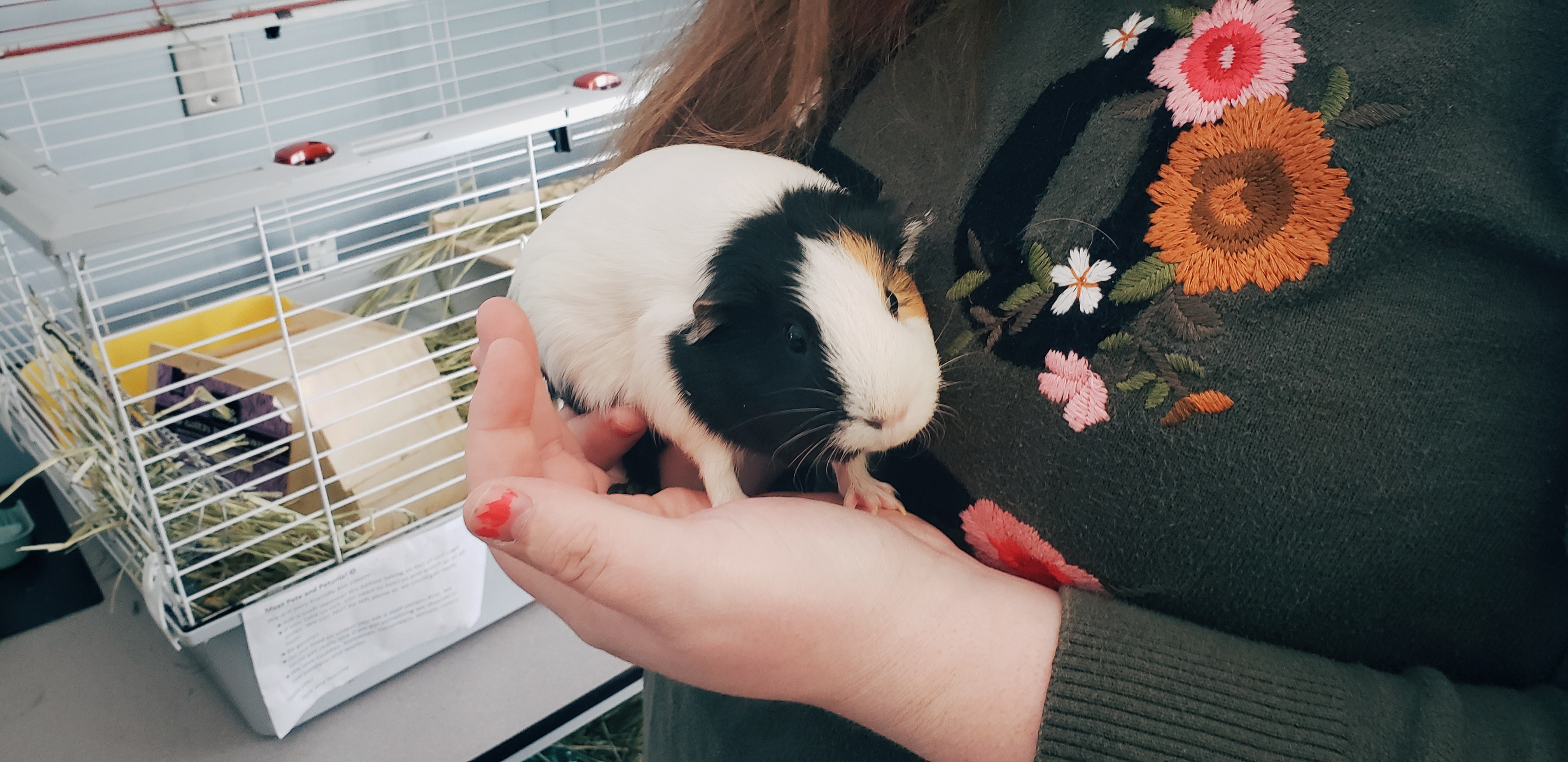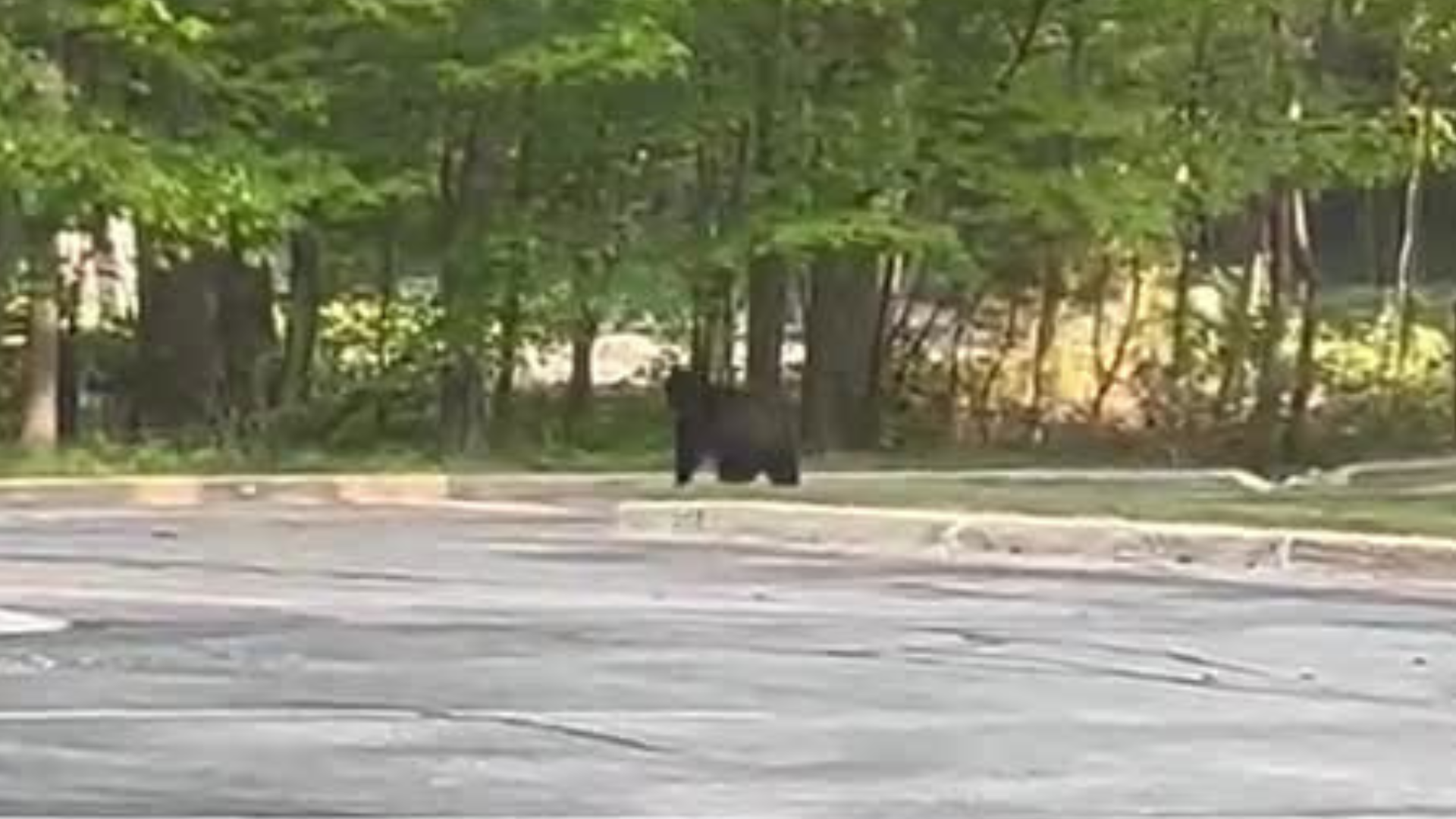



When I walked into Pete’s Place and began my interview for this story I couldn’t help but hear a rustle of grass every few minutes. Tara DeGroot, programmatic instructor at the shelter introduced me to Pete and Petunia, the in house guinea pigs.
“Something about holding a really vulnerable, warm, soft fuzzy guinea pig is comforting. They probably do more therapeutic activity in the building than most of the employees,” she joked.
The Guinea pigs are one of many comforts that calm a runaway or homeless youth during their time at Pete’s Place. The shelter, quietly hidden between North Keystone Road and South Airport has been providing a safe haven for children ages 12 to 17 since 2013, and they want to extend their services to youth aged 18 to 24 too.
When a youth comes in to seek shelter the first thing that happens is their basic needs are addressed.
“We call it a crisis center because they usually come in a crisis. They’re usually not in a great place. When they first come into the door we’re trying to meet basic needs. They haven’t taken a bath in three days, they’re cut or they’re bruised, they haven’t eaten. Until we address those issues, a real conversation is not even possible.”
After replenishing basic needs, the shelter has to contact the parent or guardian of the youth to alert them that they’re at the shelter. They won’t be able to keep the youth there without the legal guardian’s knowledge. Once that’s happened, a youth can stay at Pete’s Place for up to two weeks, and sometimes three if the situation calls for it. In those weeks, the shelter staff focuses on maintaining the youth’s normal schedule and routine. The shelter covers five counties, Grand Traverse, Benzie, Kalkaska, Antrim, and Leelanau. When they come to stay, they still attend school and all of their extracurriculars during their time.
“If they go to a youth group, if they go to clubs, if they’re involved in band, any extracurriculars we try to keep that together. Because that’s all structure that’s supporting the youth already. And we don’t want that to disappear over a week and a half or two weeks.”
In the two weeks that they’re staying, the staff is working to find the best possible discharge solution for where the youth will go after they leave the shelter. Sometimes a youth has had ongoing family issues where family services counseling have been involved for a long time. Other times, this is the first cry for help that something is wrong at home.
“We try to aim for reunification in almost every case, which is to say, clearly something has happened in the home to make it not work. Maybe there’s not counseling involved, or maybe there’s family therapy that’s needed or maybe there are services out in the community that would support the family. What is the optimum discharge? Is it returning into the home? Is it getting CPS involved? Is it looking for mental health services? So it’s just kind of evaluating. What does getting this youth housed look like? And then finding the referrals for that.”
During their stay, the youth are required to talk to a counselor who is there to provide a listening ear, emotional support, and to help draw out the reasons a youth is feeling unsatisfied in their current home life. For many, it’s their first time ever speaking to a counselor.
Beyond school and personal extracurriculars, the youth are on a schedule at the shelter. Everything from chores to shopping trips are included throughout the day. Shopping trips consist of going to get food for daily meals. For youth who have their own source of income, they’re able to buy some food items of their own too if they would like.
“We encourage them to make food. Maybe we’ll pull out a recipe or look one up. We do classes on cooking.”
The shelter works to provide kids with basic life skills. Especially kids in a separate program called the Transitional Living Program. These are youth that do not have a safe home to go to, but are on the path to living independently. If CPS isn’t stepping in, Pete’s Place will take that youth in and help them get ready to live independently and allow them to stay at the shelter for an extended amount of time.
But where does youth really end? Pete’s Place can’t take in a youth that’s older than 17, and they would like to be able to help those in the transitional ages of 18 to 24. As it stands right now, and 18-year-old homeless youth will have to go to the neighboring Goodwill Inn to stay over with adults sometimes old enough to be their parents. The experience that Pete’s Place has with transitioning youth into independent, adult lives of their own would be beneficial to those in the gap between teenager and adult.
Pete’s Place next fundraiser will be at Higher Art Gallery. Read more about it .




© 2023 - 910 Media Group



